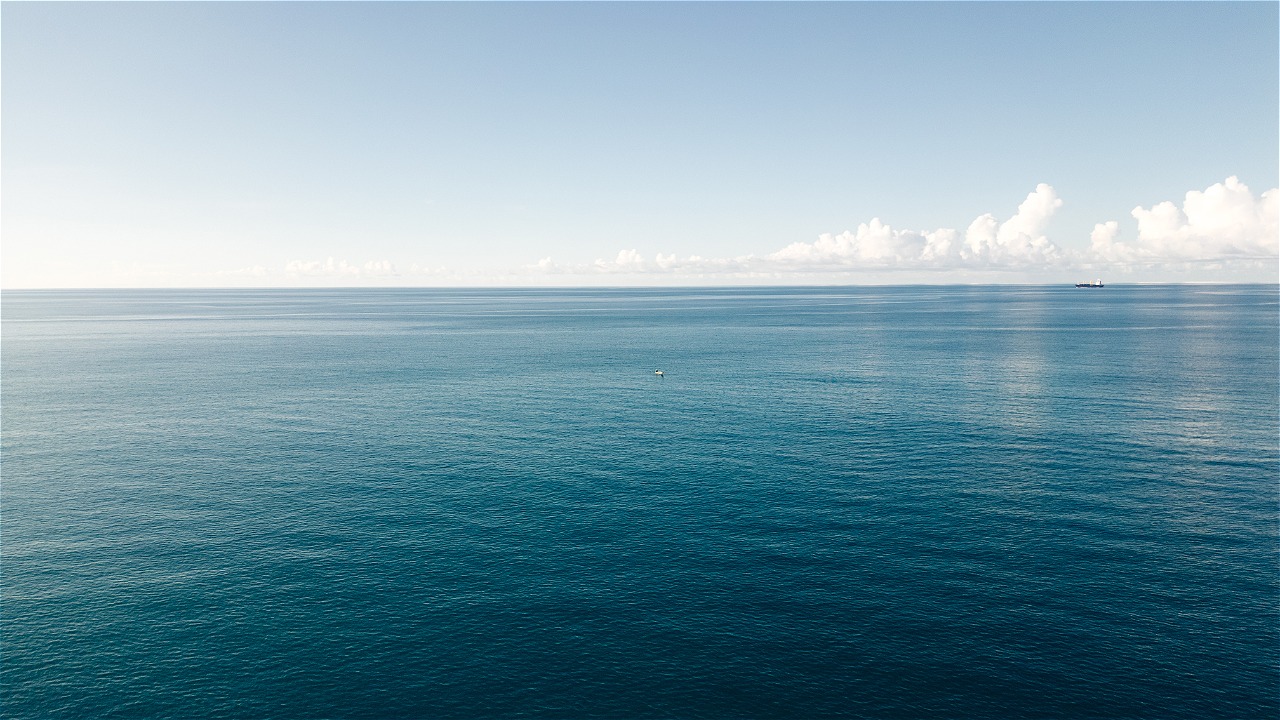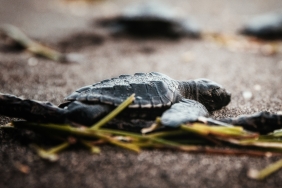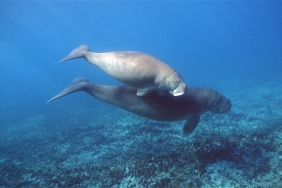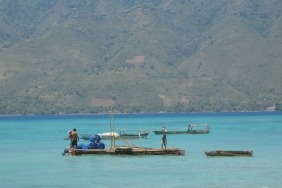A LOOK AT THE UNDERWATER LIFE OF LAPANG ISLAND AND BATANG ISLAND
By: Kasman (Reef Check Indonesia) and Fikri Firmansyah (WWF-Indonesia)
Today, I dive in an unusual location - the waters of Lapang Island and Batang Island. These two islands are not only the core zone of the Pantar Strait Aquatic Nature Reserve (SAP) and Surrounding Seas, but also the customary territory of the Baranusa Community, which is guarded through the local wisdom of Hading Mulung.
Through Hading Mulung, the community closes the sea from any human use for a year. The goal is clearly to maintain the abundance of fish and the health of coral reefs so that they can continue to be utilized until their children and grandchildren in the future. So, what is the underwater life of these two islands that are guarded by both custom and law?
The waters on Lapang Island are fairly clear and clean to a depth of 9 meters. Not long after the team started taking data, a pair of bumphead parrotfish (Bolbometopon muricatum) warmly welcomed the team's arrival, waving their tails and continuing to dive into the deep waters of Lapang Island.
Coral reef conditions on the island are dominated by corals that form branching. The number of individuals and types of fish is very high in small to medium sizes. Economical fish of large size are fairly numerous.
Unusually, very large thick lip fish (sweetlips) come in large numbers at the same time. They slam into each other, some banging into the sand and moving quickly.
While Batang Island is an island with a unique shape like a hat when viewed from afar - a green savanna hills with white sand surrounding it. A few goats can be seen passing through the grass there.
The waters are very clear, with coral reefs that are not much different from Lapang Island. We saw as many napoleon fish, hawksbill turtles (Eretmochelys imbricata), and white sharks (Triaenodon obesus) that caught our team's attention. Because they were not just one or two, but in groups (schooling).
The two islands that make up the core zone serve as breeding grounds for the fish and as nurseries for the juvenile fish. This is where they will be raised, before moving on to other locations. The core zone acts as a fish farm for the other zones. High economic value fish such as grouper (Serranidae), snapper (Lutjanidae), kuwe' fish (Carangidae), shark (Carcharhinidae) are found in the core zone area with various sizes.
The condition of the coral reef ecosystem in the core zone of the Pantar Strait SAP and the surrounding sea is rich in marine resources. Harmonization of customary regulations and government regulations in managing marine resources in this area, is expected to continue to maintain marine wealth - as well as become an example for other locations in Indonesia.





